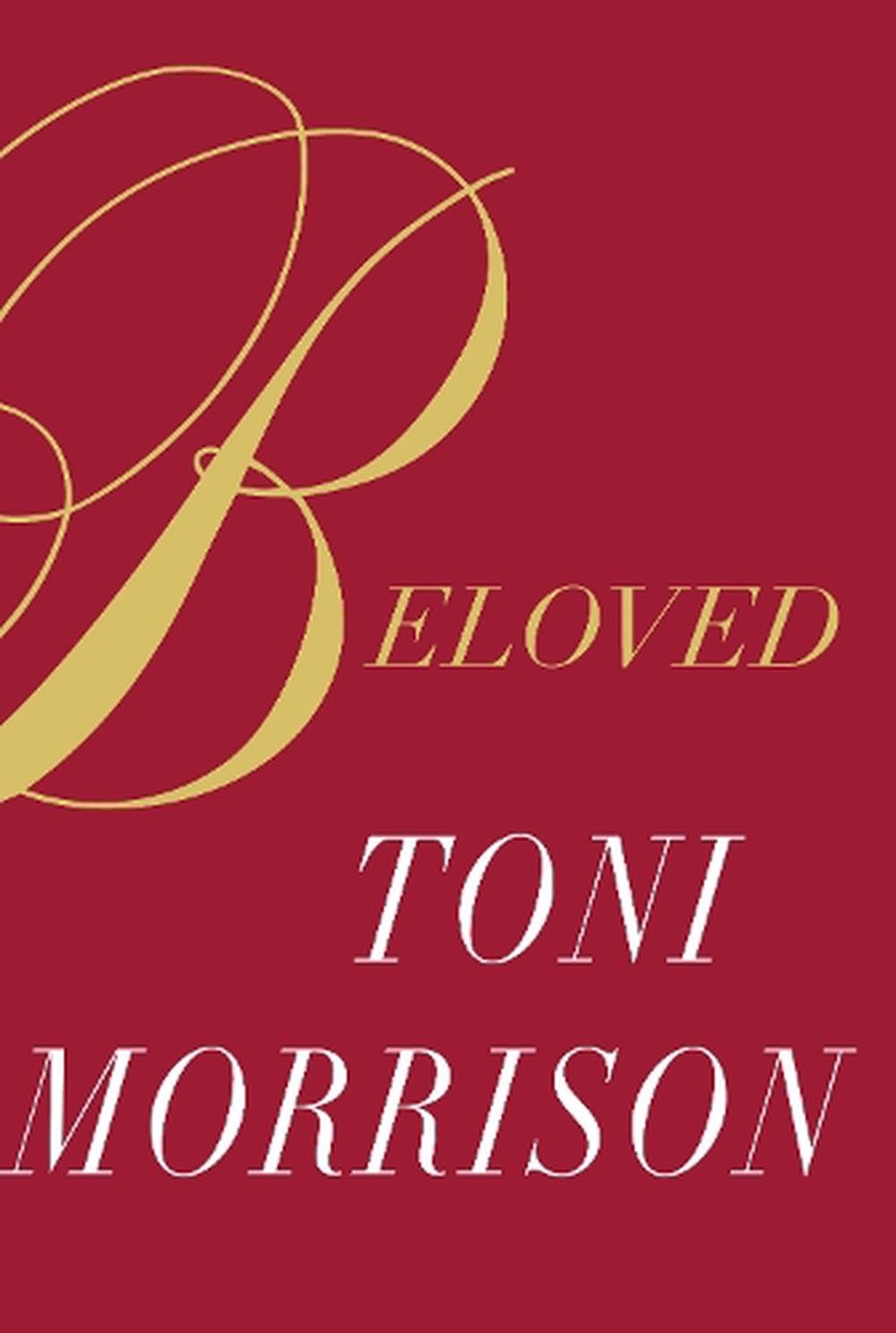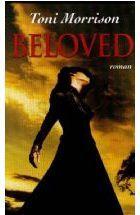
In her forewords, she lets readers in on what these questions are.

“I always start out with an idea, even a boring idea, that becomes a question I don’t have any answers to,” Toni Morrison told The Paris Review in 1993.

Her forewords offer to demystify the creation of these worlds. For me, navigating Morrison’s fictional worlds-awash with smells, colors, textures, flowers, and foliage-is much like traveling to a new city or country where my own feeling of foreignness is palpable. My specific attraction to her forewords, I suspect, emanates from the contrast they draw with her novels, which construct imaginative universes so whole and total in their details, signs, and inhabitants that I frequently find them overwhelming. Recently, in preparing to visit an exhibition of Toni Morrison’s process papers, “Toni Morrison: Sites of Memory,” on view at Princeton University Library, I became fascinated with Morrison’s forewords to her novels-succinct yet highly technical exegeses of her creative muses, opening sentences, archival practices, and historical and psychological preoccupations.

HOWEVER UNLIKELY a place to begin one’s critical investigations, I have always read the forewords of novels eagerly, with a hope that the writer will let slip crucial details about their sources of inspiration and creative process.


 0 kommentar(er)
0 kommentar(er)
